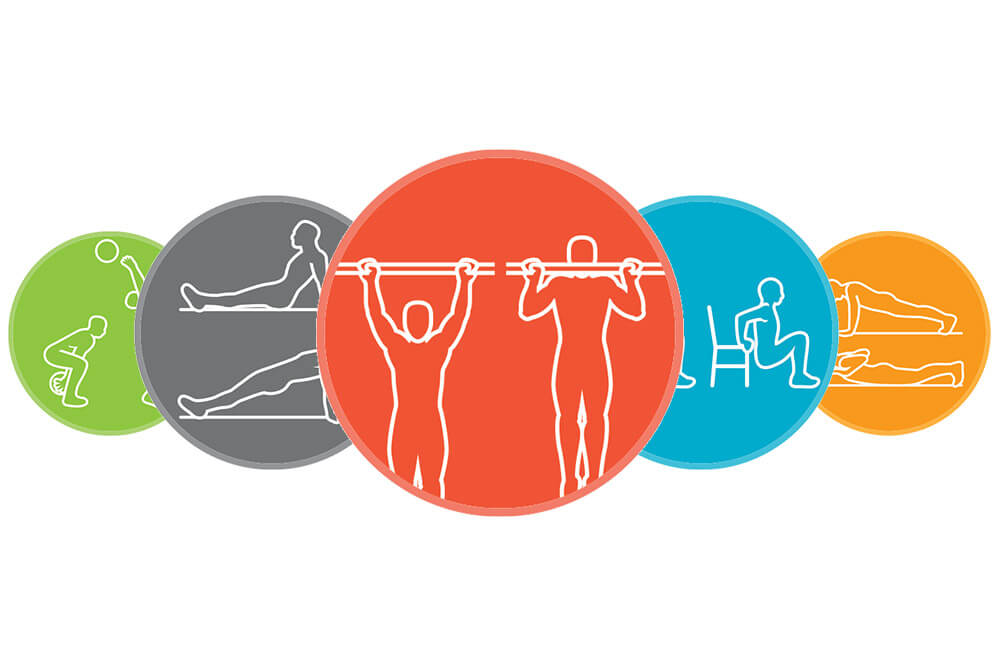Looking to switch up your workout routine? Moving from land to sea (or rather pool) may be just the thing to add a high-impact change to your workout. Whether a Soldier is looking to prepare for the upcoming Army Combat Fitness Test (ACFT), improve overall health or just try something new, swimming is a great option.
Swimming is highly effective as a fitness technique. With high cardiovascular benefits, low body impact and positive psychological influences, swimming is one of the best forms of exercise available. For Soldiers specifically, swimming can also be a nice change of pace from the typical physical training (PT) routine.
If that’s not enough to convince you, here are five reasons to add swimming to your workout:
1. Engages the Full Body
Swimming engages more of your body’s major muscle groups than other forms of cardio exercise. As both a form of cardio and strength training, swimming helps to improve muscle definition and strength while burning calories. Depending on your intensity, swimming can burn an equal or greater number of calories than running. Swimming also helps improve flexibility, as it requires you to reach, stretch, twist and pull your way through the water, making it a great way to increase agility. So, if you are looking for an activity that engages and benefits your entire body, swimming is the perfect choice.
2. Builds Endurance
Swimming helps increase your body’s ability to take in and effectively use oxygen, which results in an increased endurance capacity. By increasing your endurance, you can sustain more strenuous physical activities, like a long ruck-march, for extended periods of time. Swimming also trains your hamstrings, glutes, core and shoulders, all of which affect running form and performance. This makes swimming a great way to prepare for the ACFT’s two-mile run.
3. Builds Medical Wellness
Research and studies have shown that swimming can lead to a host of medical benefits, including lowering blood pressure and helping to control blood sugar. Swimming regularly can result in strengthened heart and lungs, which works to strengthen your entire cardiovascular system.
4. Supports the Body
Water supports up to 90 percent of the body’s weight, making swimming a great way to recover after a challenging PT routine. Swimming is also great as a low-impact option for staying active after an injury. Treading water can help loosen knees, hips and lower body muscles. Swimming also allows you to perform cardiovascular exercise while in a horizonal position. This lessens the chance of back pain or injury as there is less of the impact on the back that often comes with other cardiovascular exercises, like running, jumping or rowing.
5. Increases Energy, Decreases Stress
Jumping into the pool after a hard workout can cool down your body and help lessen fatigue. This cool down can have a revitalizing effect, producing the extra energy needed to complete a few laps in the pool, or to take on the rest of your day. In addition to relieving stress from your body, swimming can also help relieve stress from your mind. As it can be a relaxing and peaceful form of exercise, swimming has been shown to have mood-boosting tendencies.
By Staff Writer Tatyana White-Jenkins



